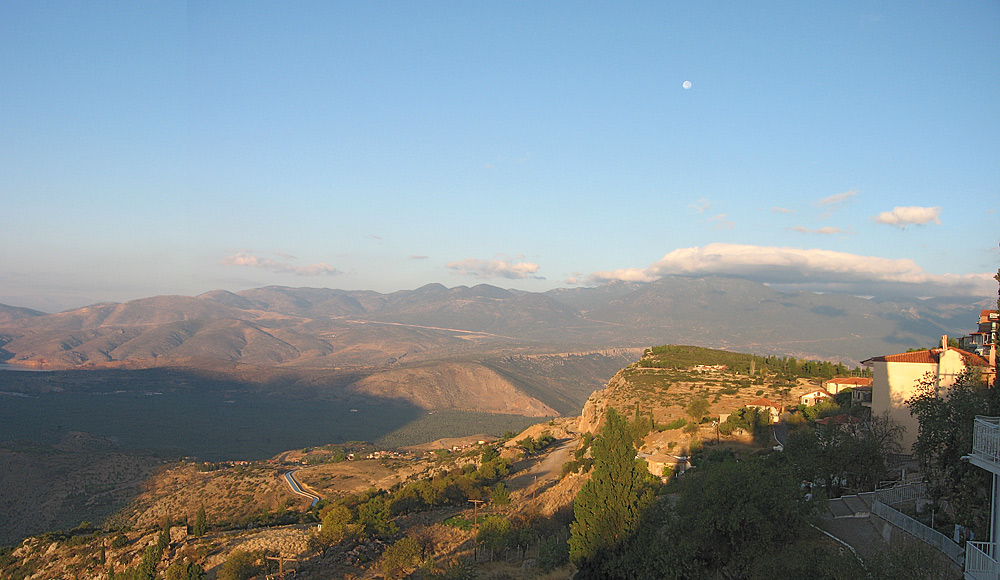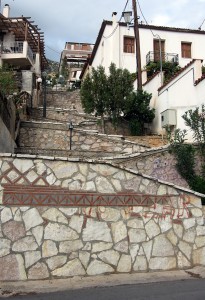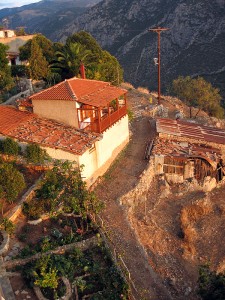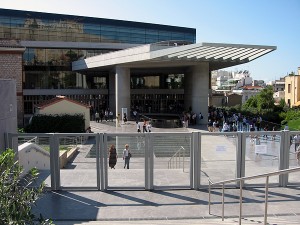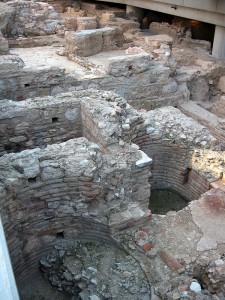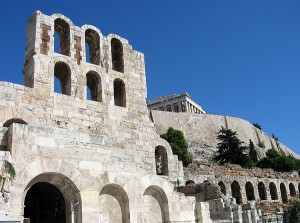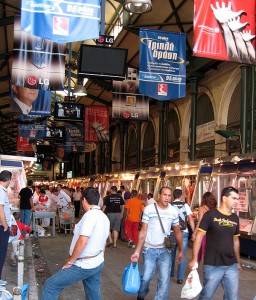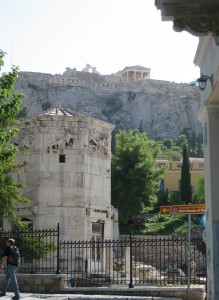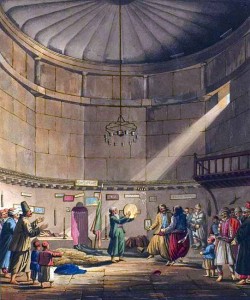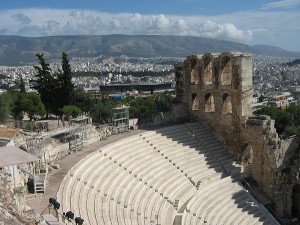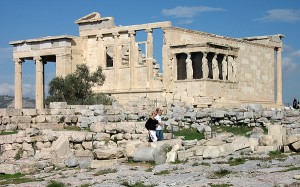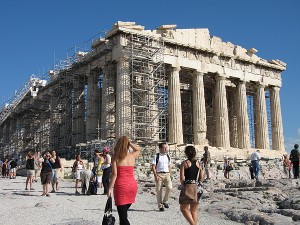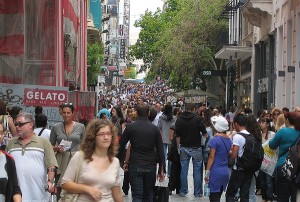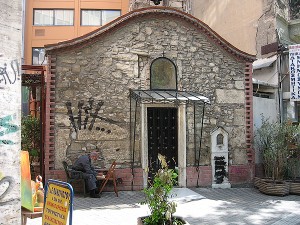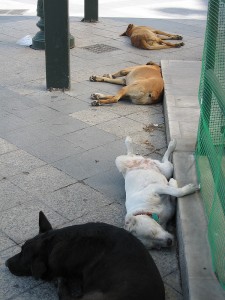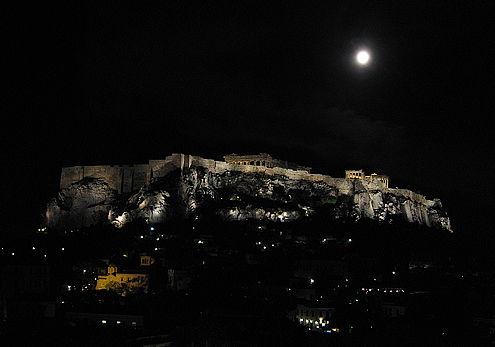I am off to Delphi at last! Even though I hadn’t studied up for my brief stay in Athens, I had read so much about Delphi and watched so many video clips about the sanctuary, not to mention two History Channel videos on the Oracle, that I felt like I’d been there already. But wait! Maybe I had . . .
During the three-hour bus ride, I stared out the window watching for anything that might be familiar. After an hour, we were in the countryside passing fields of cotton, sorghum and olive trees. So far, nothing. But when we started climbing Mount Parnassus and I saw clumps of flowering herbs and a goat-crossing sign, I felt tears well up – a sure sign that I had bumped into something from another lifetime.
When we arrived in the tiny village of Delphi, it was apparent that there were no taxis. Having studied a map, I knew that my hotel was on the lowest of the tangle of streets that criss-crossed the mountain; I just didn’t know how to get there. So I set off on foot pulling my suitcase behind me. After asking three shopkeepers, I finally found one who was able to tell me that my hotel was at the opposite end of town and the only way to get there was down a series of stone steps. Another test. At least I was in better shape than when I’d arrived in Athens.
Checking in at my hotel, I was hoping for a room facing the Bay of Corinth. The woman at the desk assured me that because I was staying for five days, there was no question that I could have a room with a view.
When I entered my little room, sun was streaming in through French doors that led to a tiny patio with a marble-top table and a small chair. Looking down I saw a garden with a flock of chickens on one side and another garden with giant melons on the other. I took a deep breath and thanked the gods for this little piece of heaven.
Speaking of gods, I was anxious to get to the sanctuary. I wanted to walk the Sacred Way through the Agora, and past the ruins of the treasuries that once held offerings made by Greek city states to Apollo. But most of all, I wanted to visit the Temple of Apollo where a succession of Oracles in rapturous union with Apollo advised a steady stream of kings, philosophers, and ordinary citizens on everything from wars and affairs of state to personal matters over a period of 1,200 years.
On my way out, I stopped to chat with the proprietor. “You know, the site is closed,” she said. “WHAT?” I squealed. “I’ve traveled half way around the world to visit the Oracle.” “You and everyone else,” she said.
There was a map of the site on a bulletin board showing that only half the site had been closed. But of course, it was the top half where the Temple of Apollo was located. It seems there had been a rock slide ten days earlier and there were no plans to re-open that part of the site any time soon.
I hadn’t forgotten Angelika’s advice about the possible disruption of plans, and here it was – the ‘unexpected development’. Incredulous yet undaunted, I told myself, like Avis, I would just have to try harder.

